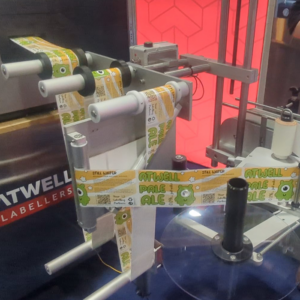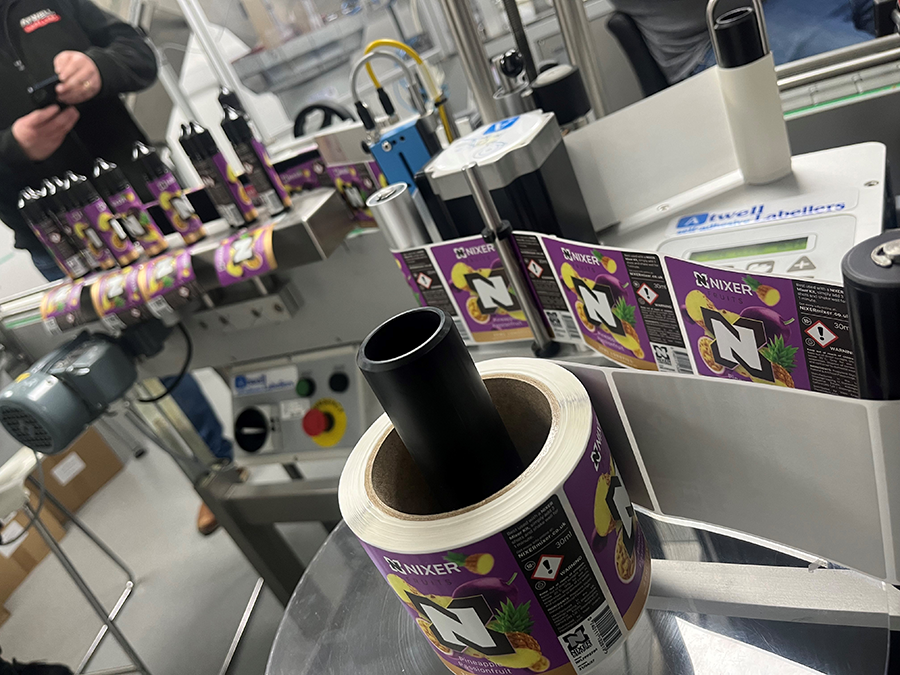Label And Labelling Machine Terms Explained: Our Glossary
When it comes to labelling machinery and label printing, there are many terms that you might come across which are specific to the industry. From materials and technologies to methods and processes, we are sharing all the key labelling terms that you and your team should be aware of. Whether you have your own labelling machinery on your premises, or you use a labelling service, you will likely come across some of these terms:
Adhesive: The adhesive is the substance which holds the labels onto a product surface. There are various types of adhesive available, and some are better suited to certain applications than others.
Application Temperature: Some labelling machines and label materials require a certain temperature during application. This can affect the success of the adhesive, and all adhesives will have a minimum temperature which must be followed.
Bleed: When it comes to label printing, you might hear the term bleed. This is an extra space added around the edge of artwork, usually 3mm, and is used to avoid outside margins appearing on the label.
BOPP: BOPP stands for biaxially oriented polypropylene, and it is a printing surface that has been stretched out flat and is resistant to acids and solvents. It is commonly used for food and beverage labels.
Crazing: This is a common concern with plastic label stock and refers to the appearance of tiny cracks on the surface.
Die: A die is a cutting tool used to cut the shape of labels. They can work by either cutting just the face material of a label and leaving the liner intact, or by cutting through all layers to produce single labels.
Direct Thermal: This is a printing method which uses heat to apply specially coated labels to products. Heat works to apply specific words or elements onto a surface.
Embossing: Embossing is a raised design on a label surface, adding a new dimension to label design. It is created using a set of rollers.
Face Stock: The face stock is the part of the label which the design is printed on to. It is often made from paper, film, fabric or foil depending on the circumstances.
Freezer Adhesives: These are a type of label adhesive which work below freezing. They can be removed when bought to room temperature.
Inks: Inks are the pigments or dyes that are used to create the design on a label. They generally contain solvents, waxes or drying agents and various types of inks are suited to different label applications.
Label Stock: Label stock refers to the roll stock, or material that the labels are produced from. It generally includes a liner, face stock and adhesive.
Permanency: When it comes to label adhesives, their holding power is referred to as permanency. Some adhesives are more permanent and difficult to remove than others.
Pressure Sensitive: Some label stocks and adhesives are pressure sensitive and when combined they create pressure sensitive labels.
Removable Adhesive: Removable adhesives are used for labels which need to be removed and sometimes re applied.
Sheet Form: Sheet form labels are packaged in sheets and used on sheet fed labelling machines.
Tamper Evident Labels: These are labels which make it obvious if a product has been tampered with or opened already.
For more information on labelling machinery and common label terms, reach out to our team who will be happy to help.
Can we help you?
Technical Helpline
Contact by Telephone:
+44 (0)1444 237 804



